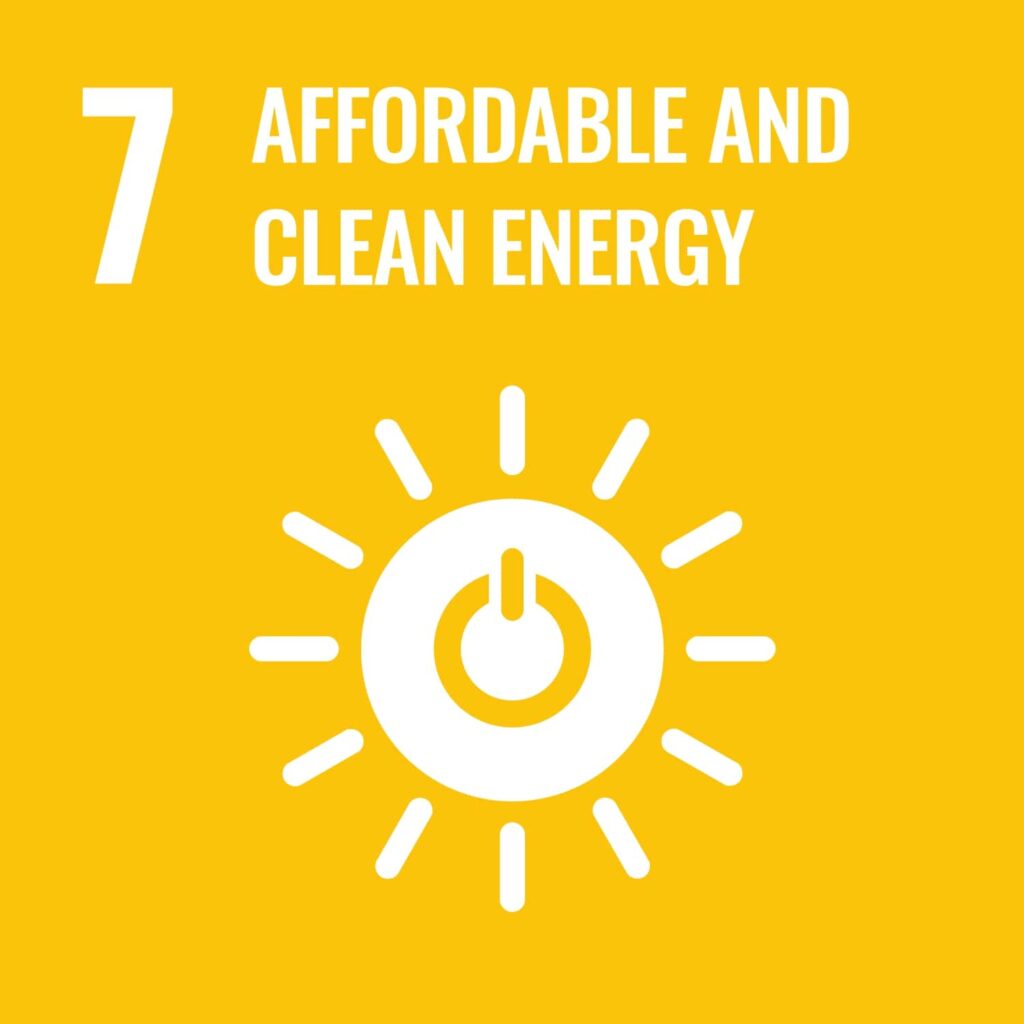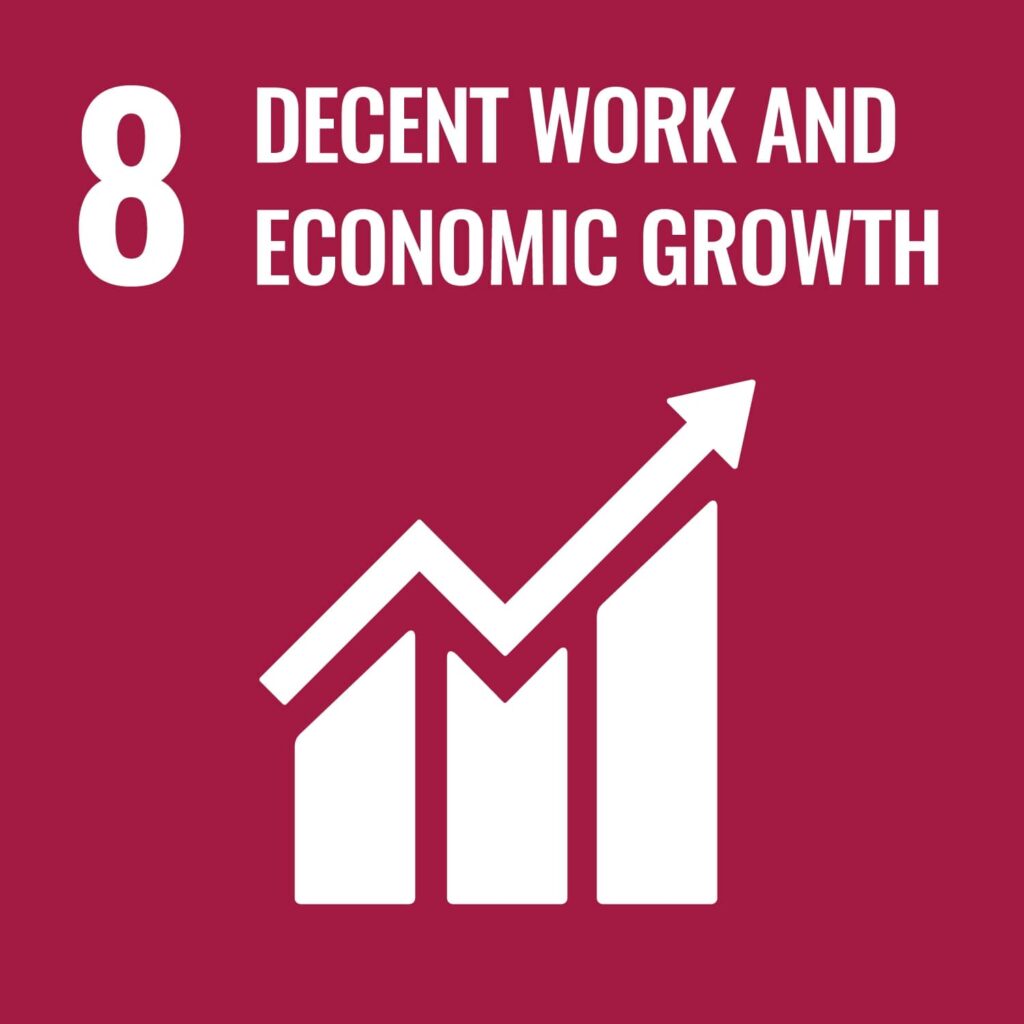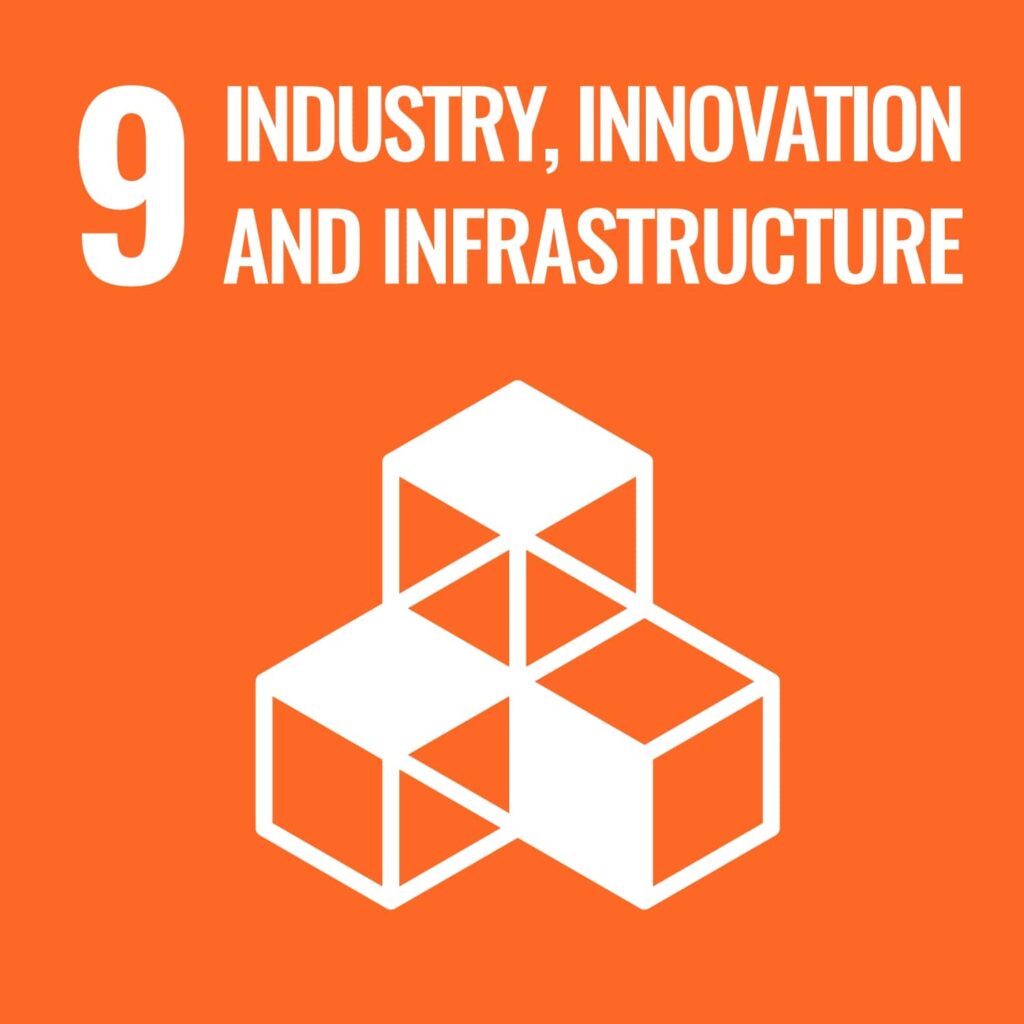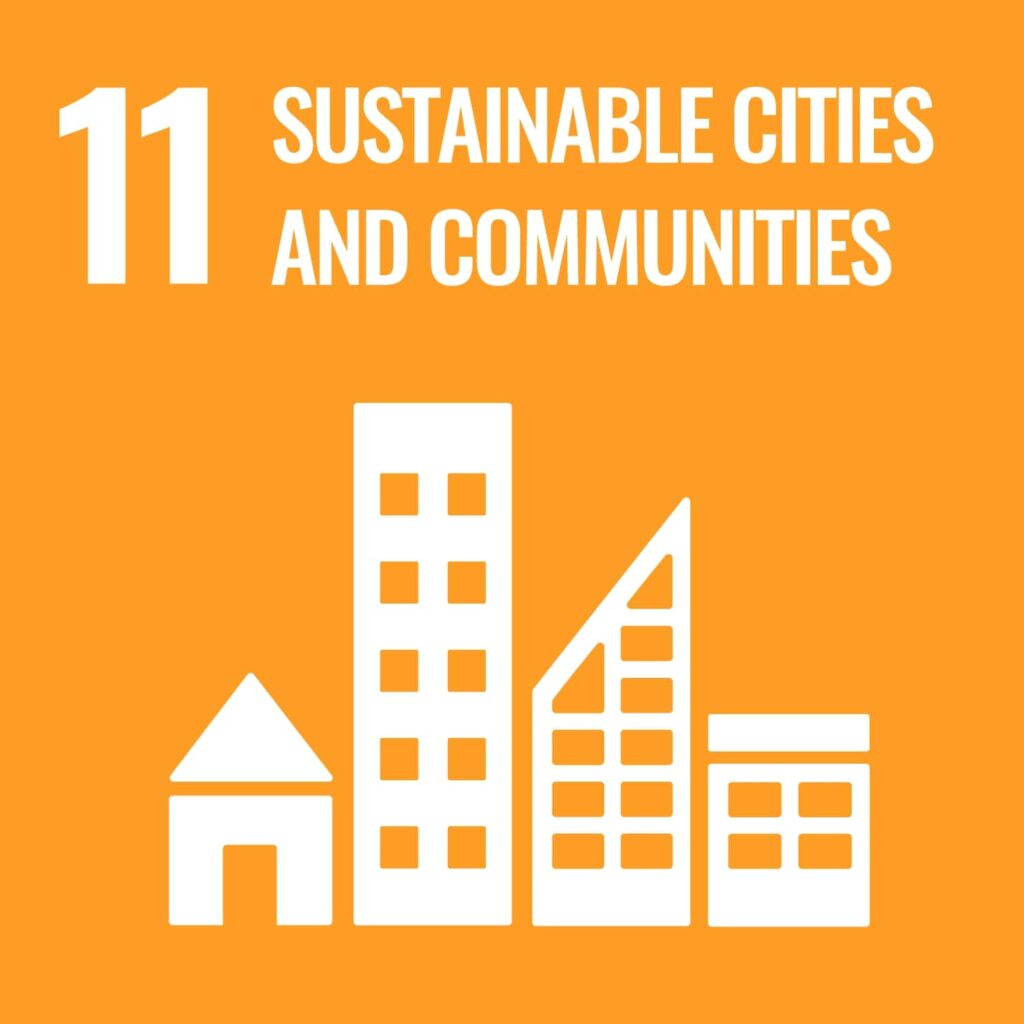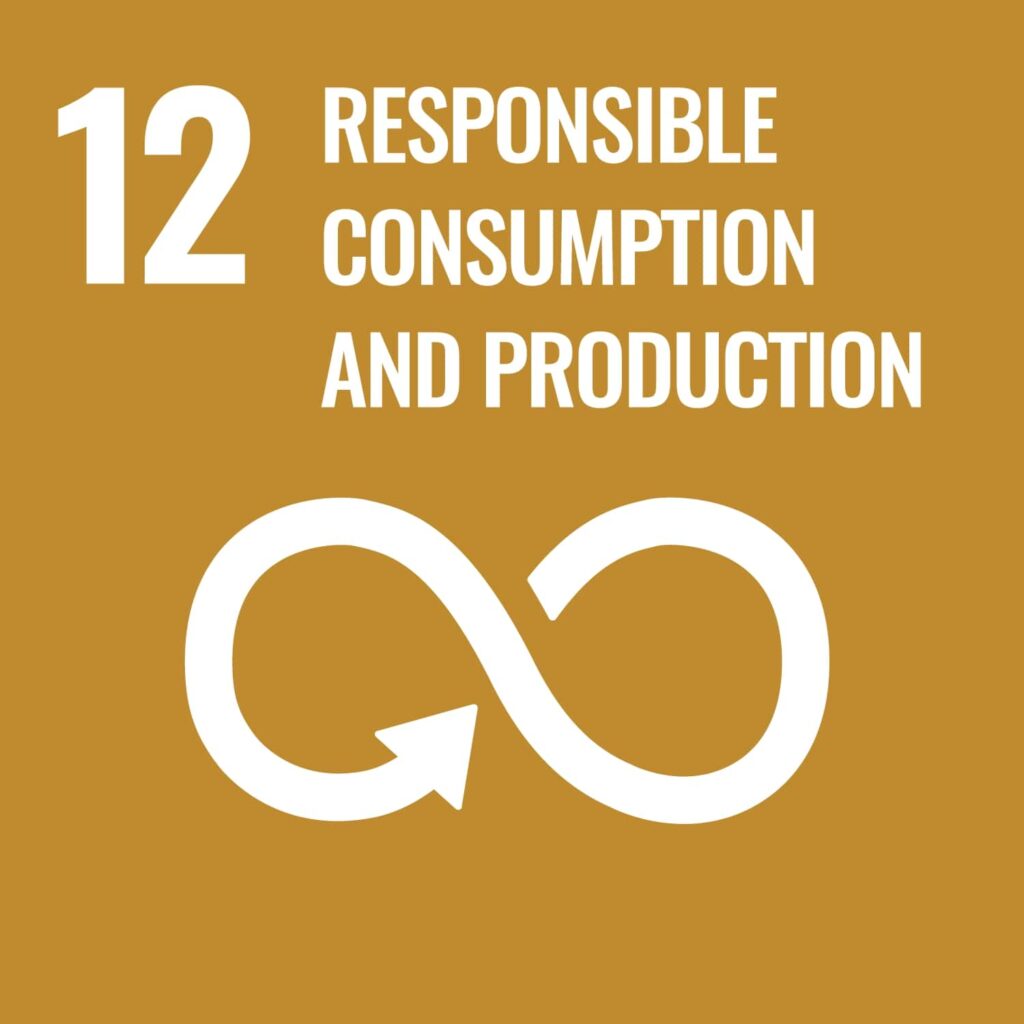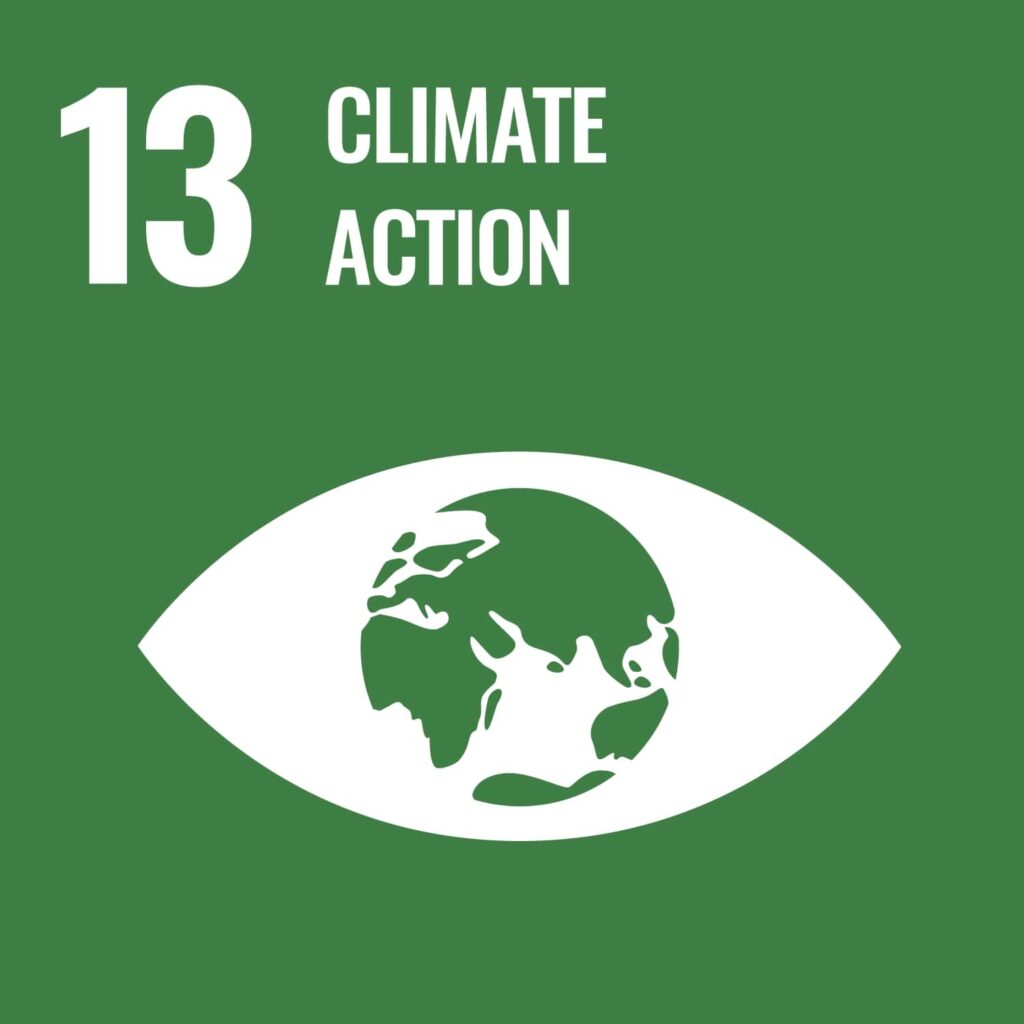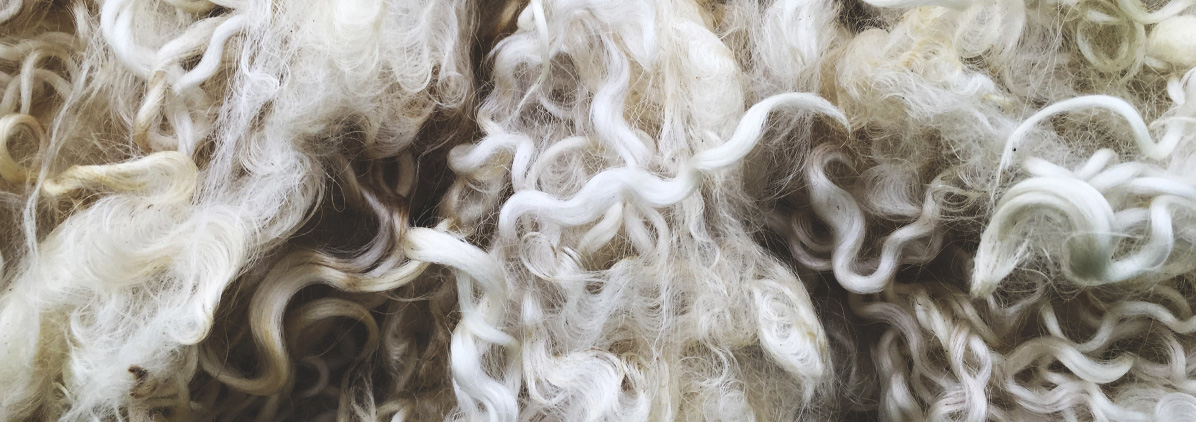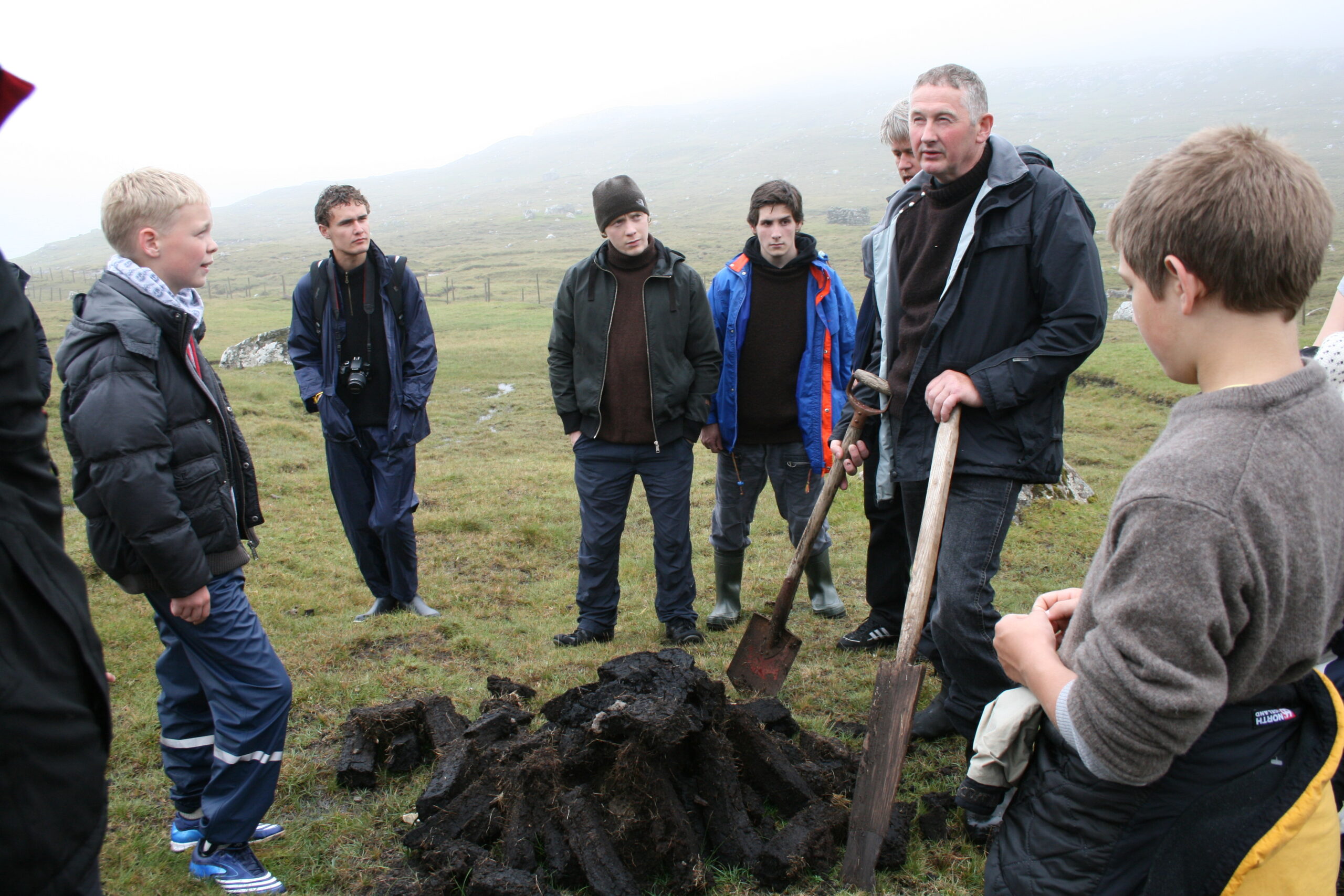
Today, there is no need for peat as a source of heating and fuel for cooking, but by keeping the old skills and traditions alive the Útoyggjafelagið is testing how those can become a new kind of resource. The expected result of the project is a local community that is better informed and able to better take care of its resources.
”We are looking to passing on knowledge and practices related to peat cutting and its importance for survival in the Faroes from the time of landnám to the present and to find ways to keep the knowledge and skills alive on the island of Svínoy. We want to find a sustainable, small scale use of peat so that the centuries old practices will contribute to understanding the past as well as being a part of the survival of the present community on the island.”
Pilot Project Manager: Útoyggjafelagið
Svínoy is one of the outer islands of the Faroe Islands: it is surrounded by the Atlantic Ocean and detached from the main island and the capital Tórshavn. Nowadays, there are only few tens of inhabitants on Svínoy, but the treeless island holds a long history of fishermen and shepherds. Previously, island inhabitants collected peat from the island’s peat bogs that made the only reliable energy source for cooking and keeping warm during the harsh winter months.
The goal of the pilot project ‘Peat in Svínoy’ (Torv í Svínoy) was to raise awareness about the history of peat cutting on Svínoy not only among the local community but also to increase the visibility of this heritage through an exhibition, which would add to the tourism activities on the island. As a starting point to the pilot project, the fact that the use of peat as an energy source has been largely questioned was acknowledged. Also, on Svínoy the use of peat as a fuel has ceased long ago along modernisations. Nevertheless, the tradition of peat cutting creates an important part of the settlement’s history, and knowledge about peat cutting as a technique is on the verge of disappearing.
One goal of the project was to educate about the historical significance of peat cutting and to create an opportunity for the island inhabitants to transfer skills and experiment peat cutting with hand-held tools on a local peat bog but also to discuss the role of this heritage in present time. In addition, the pilot project offered a forum to discuss the island settlement’s possibilities for green energy, energy independence and thus the settlement’s future and continuity on Svínoy.
The pilot project consisted of several smaller parts. First, there was a workshop with presentations and discussions focusing on a green energy solution for the island of Svínoy. One focus of the workshop was to discuss the island settlement’s options for local independence that the abundance of peat bogs had enabled during the past millennium.
The conversational part was later followed up by a guided walk introducing peat cutting with the guidance of local instructors and storytellers. All participants of the event had the opportunity to experiment peat cutting with the traditional tools, under the supervision of locals, who had grown up with peat as a necessity. In addition, there was created at the old school building an exhibition of tools used in peat cutting and of pictures illustrating the process and the local peat cutting history. This helped to collect samples of tools and to document the still existing oral history and recollections about peat cutting heritage. Information about the pilot project was shared through social media, newspapers and respective websites, radio, and television.
As a closure to the pilot project, an evaluation meeting was organised where the participants outlined an exit plan and next steps: how the old school could be renovated and established as a museum to hold a permanent exhibition about peat, and to become a centre for tourism on the island.
The project enabled Svínoy’s inhabitants to reflect on their heritage and history of living on their home island. This reflection created a basis for discussing the future of energy sources supporting life on Svínoy in ways that would add to energy independence. The discussion workshop was successful, as it brought together almost all the island’s inhabitants to address the history of peat and the future of energy use in terms of sustainable development.
The guided walk and experimenting peat cutting at a nearby peat bog was even more popular with ca. 40 participants in weather that luckily was just right for peat cutting. The gathering created a moment for storytelling. Many elderly locals reminisced the times when peat was cut for winter fuel while visitors to the event asked questions. Together with practical hands-on experimenting on peat cutting the participants achieved knowledge and understanding about the tools and skills that related to the shared history of life on the island.
Creating the exhibition of tools used in peat cutting and of pictures illustrating the cutting and the local peat cutting history proved to be the most challenging part. During summer 2023, the exhibition was open twice weekly which required knowledgeable people to be present for visitors. After the exhibition was taken down (August 21), ca. 145 visitors had seen the exhibition, and remarkably more local stories about the peat cutting traditions in Svínoy had been collected and documented. The pilot exhibition inspired the local community to transform the old school building into a visitor centre with a permanent exhibition about life on Svínoy including the heritage of peat cutting.
Awareness raising through different media was successful. The biggest newspapers or their web portals had articles about the project and the public radio station also mentioned it. The locals were active in sharing information.
Overall, not only did the project transfer knowledge about the cultural significance of peat in Svínoy and also practical skills of peat cutting. In addition, the project encouraged to explore further community initiatives. Through addressing the controversial issue of utilising peat as an energy source the community delved into discussions regarding the overall continuity of their collective identity and lifestyle. The project showed that a pilot initiative can support taking up difficult questions and open essential conversations regarding not only living heritage but also current politics and ways of life.
The discussions on green energy solutions resulted in the decision of The Outer Islands’ Association to work on green energy solutions for all the outer islands (not only Svínoy). Following from this, the project ended to contribute to several SDGs, particularly goals number 7, 8, 9, 11, 12, and 13 (Affordable and clean energy; Decent work and economic growth; Industry, innovation and infrastructure; Sustainable cities and communities; Responsible production and consumption; Climate Action).
